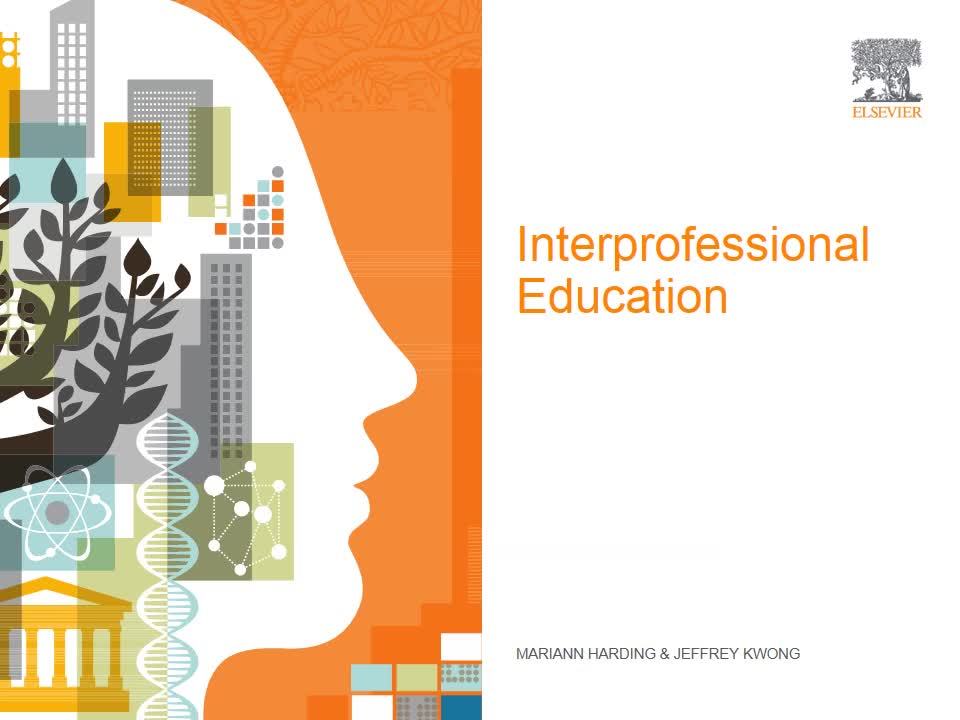
When the Institute of Medicine (IOM) released the statement that all healthcare professionals should be educated to deliver patient-centered care as a member of interprofessional teams, it seemed intuitive that patients would benefit from receiving care from providers who respect each other, communicate effectively, and coordinate care. Health care has rarely been delivered in a silo. While the idea of interprofessional care is not new, interprofessional education (IPE) is a significant change from our usual way of providing healthcare education.
Doctors, pharmacists, and other professionals are trained differently from nurses and each profession has its own distinct roles, beliefs, and values. To realize the IOM’s vision, higher education institutions need to prepare students to appreciate each team member’s contributions to patient care and reconcile any varying expectations about each member’s roles and responsibilities.
While believing in the spirit of IPE is easy, implementing IPE can be challenging. Effective IPE takes coordination and planning, not only by nurse educators, but also by those educating other health care professionals. You likely have a myriad of questions, such as what IPE activities are effective? Where do I find the necessary resources? How do I provide IPE when my institution has no other health education programs? How can I overcome the challenges am I likely to encounter? I am sure these are just the start of your questions about effectively implementing IPE in your nursing curriculum.
Join Dr. Mariann Harding and Dr. Jeffrey Kwong as they discuss not only the history and importance of IPE, but share with you advice regarding IPE strategies that can be used in various education programs and how to overcome some of the challenges you will likely encounter.